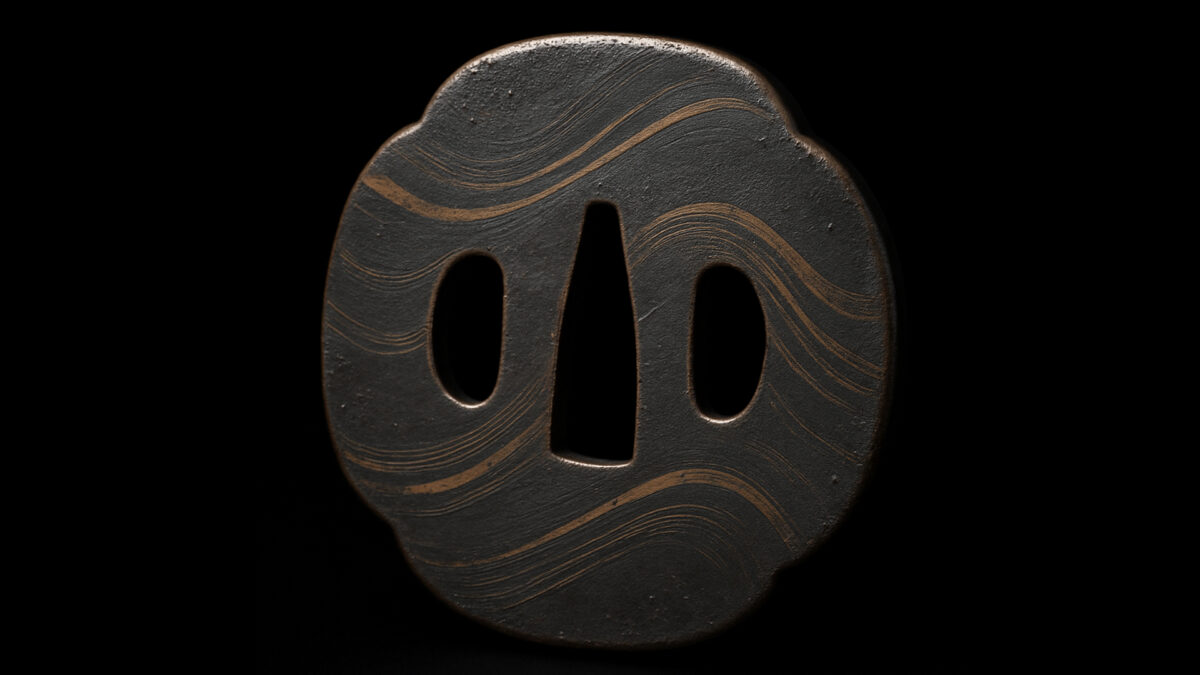- International Research Trends at the Crossroads of Science and Art
- 1. Definition and International Reinterpretation of Mokume Gane
- 2. Representative Research in the Art History and Cultural Category
- 3. Representative Trends in Materials Science and Engineering Research
- 4. Jewelry Design and Mokume Gane: Practical Research
- 5. Material Analysis and Scientific Interpretation of Patterns
- 6. Future Challenges and Potential in Mokume Gane Research
- Conclusion
International Research Trends at the Crossroads of Science and Art
Introduction
Mokume Gane, a decorative technique born in 17th-century Japan, involves layering dissimilar metals and revealing patterns through carving and forging. Its artistic complexity and layered structure have attracted wide-ranging international interest—not only in the world of traditional crafts, but also in modern materials science, metallurgy, and art-metal research.
In recent years, scientific papers aiming to elucidate its structure, diffusion behavior, bonding quality, and stress distribution from an engineering perspective have emerged. This article introduces key overseas research trends, academic papers, and researchers primarily from the English-speaking world who study Mokume Gane.
1. Definition and International Reinterpretation of Mokume Gane
In Western literature, Mokume Gane is often described as “Japanese pattern-welded layered metal” or “bonded laminate with decorative patterning.” However, the term “Mokume Gane” itself has become widely adopted in the 21st century—especially among researchers of art metals and jewelry—and is now recognized as a distinct metalworking genre.
Overseas research generally classifies Mokume Gane studies into two categories:
- Art history / cultural studies (art historical, craft-centered)
- Materials science / manufacturing engineering (metallurgical, process-oriented)
2. Representative Research in the Art History and Cultural Category
● Cóilín Ó Dubhghaill (UK / Ireland)
Key Publications:
- The Development of Mokume Gane and Related Pattern-Welded Metal Techniques in Japan and Europe (2008)
- Innovation in Historical Japanese Metal Alloys: The Recreation of Shakudo and Shibuichi (2012)
Overview:
- Reassesses traditional Japanese techniques such as Mokume Gane, Shakudo, and Shibuichi from both historical and material-technical perspectives
- Compares Japanese Mokume Gane with European Damascus steel and examines differences in cultural reception
- Has collaborated with Sheffield Hallam University and Kyoto City University of Arts
Evaluation:
Among English-language sources, he is one of the few who addresses both technical and cultural aspects of Mokume Gane in depth.
3. Representative Trends in Materials Science and Engineering Research
● Steve Midgett (USA)
Publications:
- Mokume Gane in the Small Shop (1995)
- Metal Techniques for Craftsmen (co-authored)
Overview:
While not formal academic papers, these books discuss Mokume Gane structures, lamination methods, and pattern design in practical depth.
Evaluation:
Acts as a bridge between traditional craftspeople and technical researchers, providing a baseline for experimental materials.
● Examples of Peer-Reviewed Materials Science Papers (From Scopus, ScienceDirect, etc.)
① Diffusion bonding of dissimilar metal laminates in decorative Mokume Gane structures
Authors: S. Atre, R. Kumar
Journal: Journal of Materials Processing Technology (2009)
Overview:
Analyzes thermodynamic behavior of dissimilar metal lamination via diffusion bonding and explores causes of pattern formation. Focuses on diffusion and delamination at Ag–Cu–Au interfaces, with discussion of optimal bonding temperature and hold time.
② Optimization of Mokume Gane bonding by vacuum hot pressing
Journal: Materials Science Forum (2014)
Overview:
Experimental optimization of diffusion bonding using vacuum hot pressing. Reports on bonding strength, layer uniformity, and deformation behavior. Noteworthy for replicating Mokume Gane patterns with Western metals like Ag–Pd and Cu–Ni.
③ Residual stress analysis in diffusion-bonded decorative metal laminates
Journal: Metals (MDPI, 2020)
Overview:
Analyzes residual stress and pattern deformation using finite element modeling (FEM). Models internal layer shifts based on high-resolution SEM cross-sections.
4. Jewelry Design and Mokume Gane: Practical Research
◉ Design and Production of Mokume Gane Patterned Jewelry Using Additive Manufacturing (2021)
Author: N. Schmidt et al.
Overview:
Attempts to recreate layered metal patterns via 3D CAD and additive manufacturing (metal SLM).
Proposes algorithmic pattern generation → selective laser melting formation.
Explores Mokume Gane as a “modern industrial material with aesthetic values.”
Evaluation:
A notable attempt to challenge the boundary between handcrafted and digitally controlled processes.
5. Material Analysis and Scientific Interpretation of Patterns
◉ Characterization of Intermetallic Formation in Mokume Gane Copper–Silver–Gold Lamination (2022)
Authors: J. Wu, T. Yamaguchi (Japan–International Joint Research)
Overview:
Analyzes interfacial reactions post-diffusion bonding at the nanoscale using EDX, XPS, EBSD.
Clarifies structural differences between pattern-bearing and non-pattern regions.
Discusses the correlation between “aesthetic heterogeneity” and “metallurgical asymmetry.”
6. Future Challenges and Potential in Mokume Gane Research
● Current Limitations in International Research
- Foundational references and technical documentation still primarily in Japanese
- Oral transmission and traditional ni‑iro coloring methods are difficult to replicate (especially in color studies)
- Commercial application examples are limited; pattern-condition data is poorly systematized
● Promising Future Research Areas
- AI-based pattern prediction and process optimization
- Reconstructing layered patterns using 3D metal printing (mimetic technologies)
- Analysis of microstructure and stress relaxation at bonding zones (combined with FEM modeling)
- Chemical replication of ni‑iro coloring and global standardization
Conclusion
Mokume Gane continues to evolve not only as a traditional technique, but also as a subject of multifaceted research—including cultural meaning, aesthetic theory, and metallurgical science. Overseas publications have begun to go beyond reinterpreting tradition, now exploring reproduction technology, practical applications, and scientific principles.
These studies form a valuable frontier where craftsmanship, science, art, and engineering intersect. It is hoped that further collaboration between researchers and artisans, both domestic and international, will lead to new technical discoveries and deeper aesthetic insights.
References
(As listed in the original Japanese): Asahi Shimbun; Jewelry Seasons Nos. 198–199; The Transmission of the Techniques of Mokume Gane; Metal Jewelry Craft; works by Ian Ferguson, Steve Midgett, etc.

